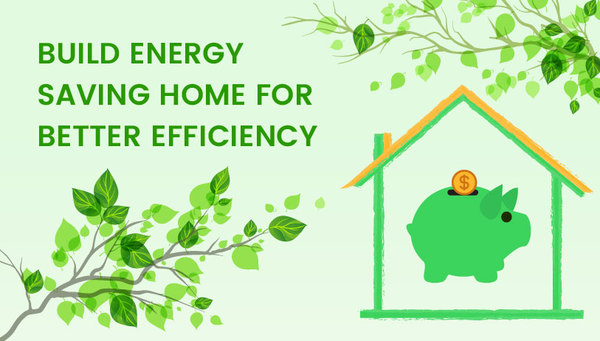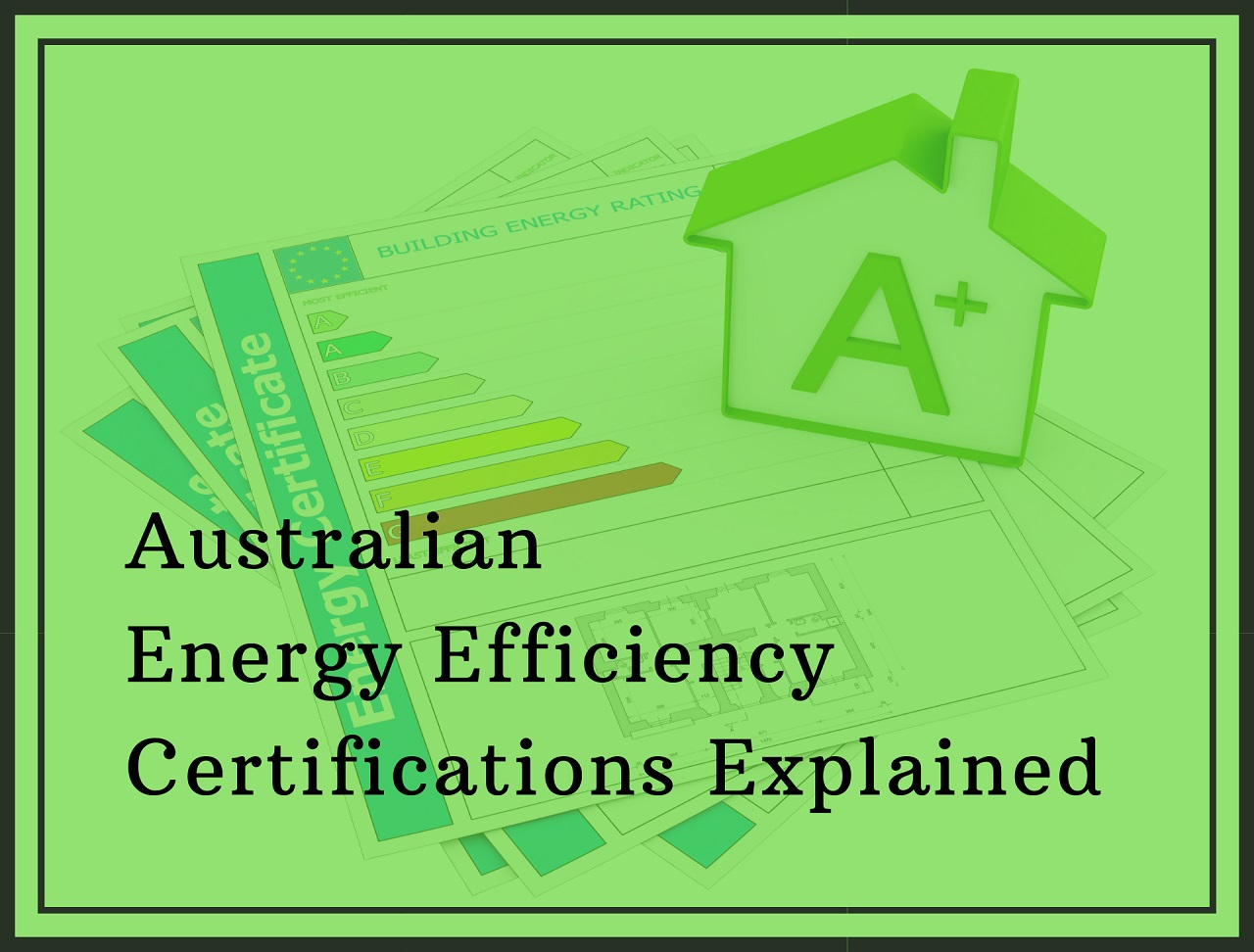Build Energy Saving Home for Better Efficiency [Infographic]

An energy saving home is designed to lower energy consumption as much as possible while maintaining a comfortable living condition. Here are some reasons why you should have an energy-saving home:
1. To Save Money
2. To Protect Environment
3. To Increase Resale Value
4. For Your Comfort
The Nationwide House Energy Rating Scheme (NatHERS) has an energy rating system that can help you understand how energy efficient your home is. They rate the thermal efficiency of the houses on a scale of 0 to 10 stars. A zero-star means the house takes no measure to reduce the thermal discomfort. A six-star is the minimum required energy rating in all the major states of Australia.
Here is a table that draws a simple picture of energy consumption comparing Australia's major states and territories:
| State/Territory | Volume |
|---|---|
| New South Wales | 25.9% |
| Victoria | 24.3% |
| Queensland | 22.6% |
| Western Australia | 18% |
| South Australia | 5.6% |
| Northern Territory | 1.7% |
| Western Australia | 1.7% |
See the infographic in full screen
The following infographic presents the benefits of an energy-efficient house and basic parameters that determine its energy ratings.

To ensure sustainable living, it is always recommended to use energy-efficient building materials from the beginning. Usually, there are four common parameters that determine the overall energy efficiency of a home.
1. Insulation - Insulation acts as a barrier between the interior and the exterior of a house. It reduces the transformation of heat through walls, ceiling, and floor. Additional insulations in the roof and walls will positively impact the star rating of your building.
Though the internal insulations are hard to install once a building has already been constructed, you can use materials like reflective foils to introduce design modifications at later stages. An accredited assessor can give you ideas regarding these modifications to meet the energy rating requirements of your locality.
2. Solar Panel - Photovoltaic solar panels are a great way to have a sustainable energy source right at your home. Solar panels are usually installed on the rooftop. You need to take account of your local climate, temperature and sun paths to get the most out of it. Having an environment-friendly source of electricity will certainly reduce your bills. But, the size of your house, everyday power consumption and the number of solar panels will determine how much impact this will have on your energy rating.
3. The orientation of Windows - Windows work as natural ventilation pathways for your home. They also regulate how much natural light you get. Recommended window to wall area ratio for each direction of the house is - North 60%, South 30%, East 15% and West 0-7%. If an active design modification is not possible you can still make passive modifications like installing shades to keep your house cool. Louvre doors are another great option for providing ventilation.
4. Lighting - LED lights are the best option to keep your electricity cost low. They not only decreased electricity consumption but also respect your vision. They produce less heat than traditional lighting options. LED’s longevity is also better than other light sources. To get a 6-star rating, it’s very important to ensure your home has the efficient management of lighting.
Now you know the basics parameters of an energy-saving home. And you also have some idea on how to convert yours into one. But to ensure your home gets the required energy rating, you would need a professional home rating audit.
An Accredited Assessor can do the audit and prepare an Energy Rating report for you. Depending on the size and type of the building, an audit takes 3 to 16 hours. Using modern software an assessor will confirm your rating and help you with legal documents to get a 6 Star energy rating approval from the government authority.
Whether you are renovating your home or planning for a new one, we hope you have found our infographic and the accompanying article helpful. By the way, do you know how the energy rating of your house is actually determined? The rating system is based on the ‘HERS Index’. The NatHERS Accredited Software models your home using the provided data and calculates the energy rating using this index. We are going to talk more about it in our next article.


